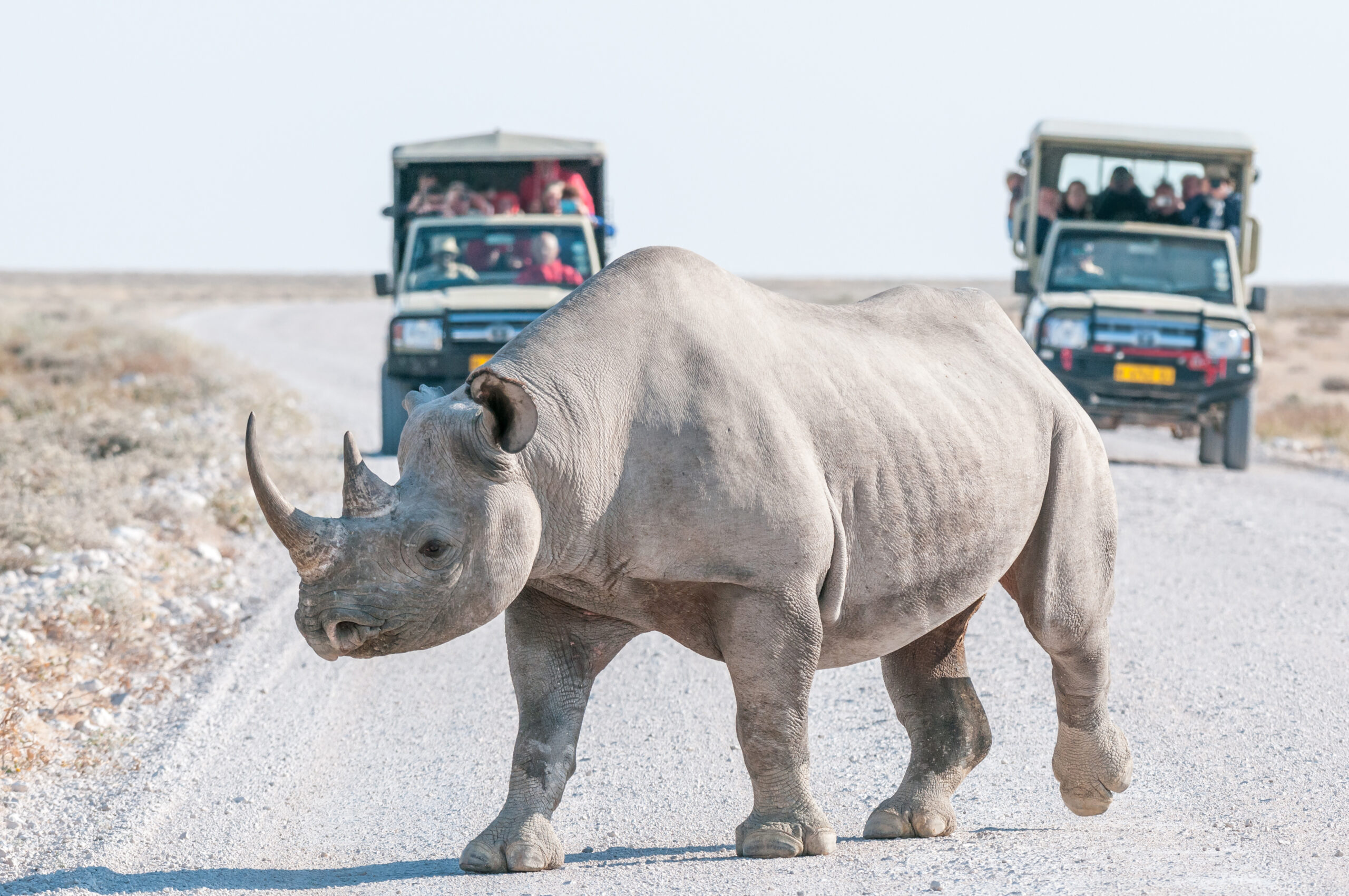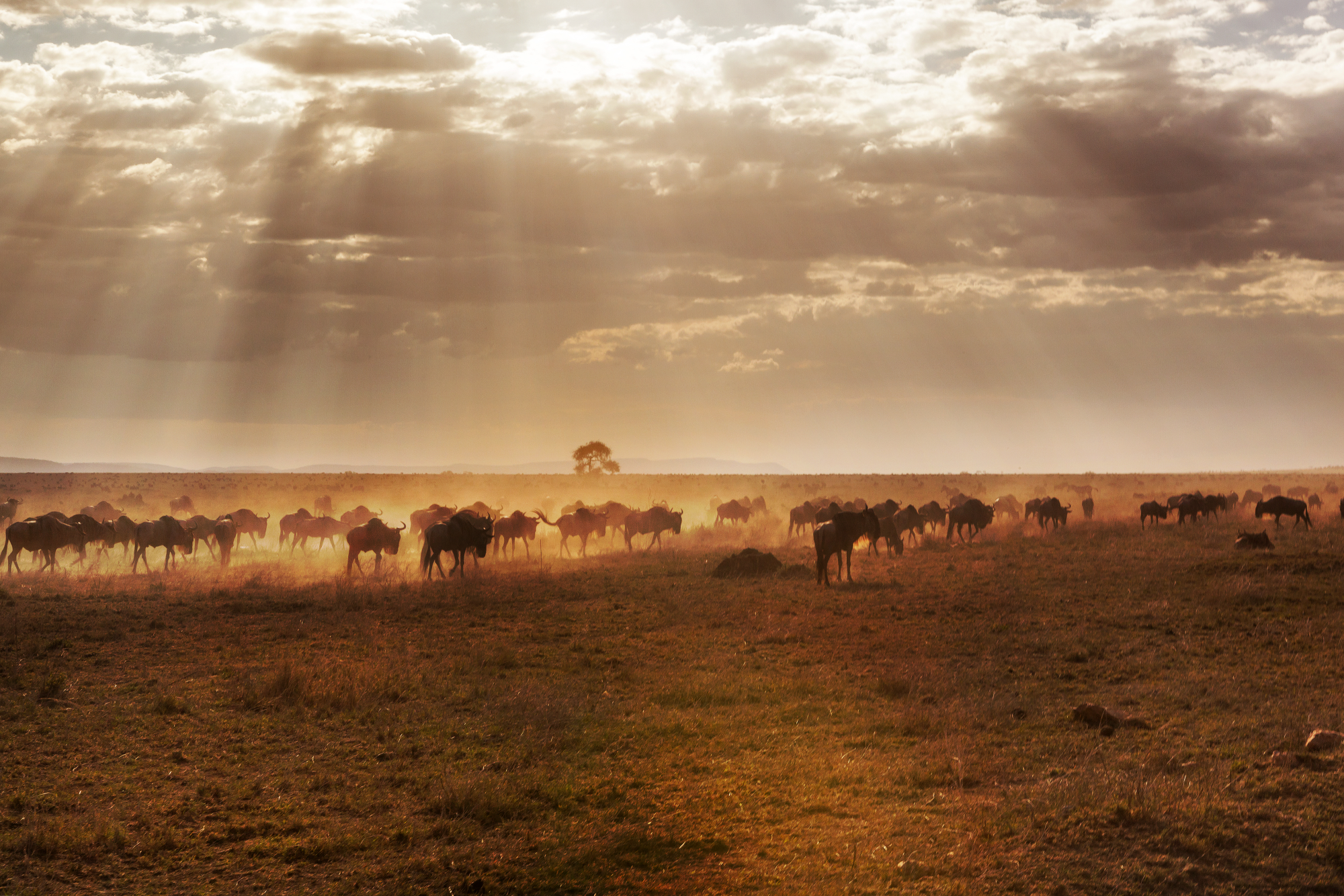In Namibia’s conservancy system, both hunting and photographic tourism serve as vital tools for conservation and community development. Hunting tourism is widely implemented across 85% of conservancy areas, generating early and consistent income, especially in areas with Big 5 species like elephants and buffalo. Photographic tourism, though slower to develop, has the potential to yield significantly higher income—up to 447% more—especially in biodiverse, accessible, and scenic landscapes. Each tourism type offers unique benefits: hunting supports broader areas early in development, while photographic tourism drives higher long-term returns. However, both face external threats like international trophy bans, climate change, and global market shifts, which could jeopardize conservation funding. To strengthen resilience, the study recommends diversifying income streams, fostering inter-conservancy collaboration, empowering local communities and improving governance and infrastructure. Namibia’s integrated approach stands as a global model for aligning rural development with long-term wildlife conservation. Maintaining Big 5 populations remains key to financial and ecological success.

